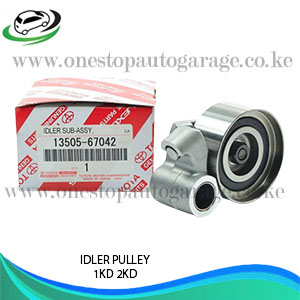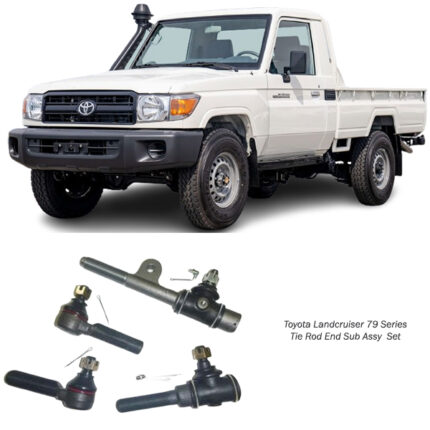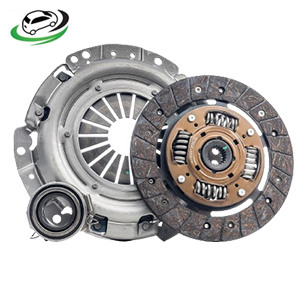-13%
CLUTCH KIT TOYOTA 5A IN NAIROBI KENYA.
Title: The Trifecta of Clutch Components: Clutch Plate, Pressure Plate, and Release Bearing
Introduction:
In the intricate dance between the engine and the transmission of a manual vehicle, the clutch assembly holds a pivotal role. Comprising essential components such as the clutch plate, pressure plate, and release bearing, this system enables seamless engagement and disengagement of the engine from the transmission. In this comprehensive exploration, we will delve into the functions of each component, their interplay, signs of wear, and the importance of proper maintenance for a smooth and efficient driving experience.
- Clutch Plate:
At the heart of the clutch assembly lies the clutch plate, also known as the friction disc. Positioned between the engine’s flywheel and the pressure plate, the clutch plate serves as the medium through which power is transmitted from the engine to the transmission.
Function: The primary function of the clutch plate is to engage and disengage the transmission from the engine. When the clutch pedal is depressed, the clutch plate separates from the flywheel, interrupting the power flow and allowing for gear changes. Upon releasing the clutch pedal, the clutch plate re-engages with the flywheel, facilitating the transfer of power to the transmission.
Signs of Wear: Over time, the clutch plate undergoes wear due to the friction generated during engagement and disengagement. Common signs of a worn clutch plate include slipping, difficulty shifting gears, and a distinct burning smell. Inspecting the clutch plate for thickness and any signs of damage is crucial to maintaining optimal performance.
- Pressure Plate:
Working in tandem with the clutch plate, the pressure plate is a critical component responsible for applying and releasing pressure on the clutch plate. This action is essential for maintaining the necessary friction between the clutch plate and the flywheel during engagement.
Function: The pressure plate exerts pressure on the clutch plate against the flywheel when the clutch pedal is released. This pressure ensures a solid connection, allowing for the efficient transfer of power. When the clutch pedal is depressed, the pressure plate disengages from the clutch plate, enabling smooth gear changes.
Signs of Wear: Wear on the pressure plate can manifest as difficulty in engaging gears, a vibrating clutch pedal, or unusual noises during clutch operation. Regular inspections, particularly when addressing clutch issues, can help identify pressure plate wear early on.
- Release Bearing:
The release bearing, or throwout bearing, serves as the interface between the pressure plate and the clutch fork. Positioned around the transmission input shaft, the release bearing facilitates the movement of the pressure plate during clutch engagement and disengagement.
Function: When the clutch pedal is depressed, the release bearing is pushed against the pressure plate diaphragm spring by the clutch fork. This action causes the pressure plate to disengage from the clutch plate, interrupting the power flow. The release bearing ensures a smooth and controlled separation, minimizing wear on the components.
Signs of Wear: A worn release bearing may produce noise during clutch operation, such as a chirping or grinding sound. Additionally, difficulty in disengaging the clutch or a vibrating clutch pedal could indicate issues with the release bearing.
Conclusion:
The synergy between the clutch plate, pressure plate, and release bearing is fundamental to the proper functioning of a manual transmission vehicle. Understanding the functions of each component, recognizing signs of wear, and performing regular maintenance are crucial for preserving the efficiency and longevity of the clutch assembly. Whether it’s the engagement and disengagement facilitated by the clutch plate, the pressure application by the pressure plate, or the controlled movement orchestrated by the release bearing, each element plays a unique role in ensuring a seamless driving experience. As drivers, being attuned to the health of these components empowers us to address issues promptly, thereby maintaining the responsiveness and reliability of our vehicles on the open road.





